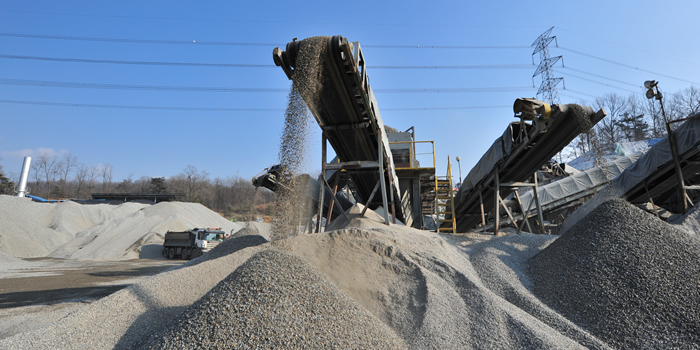The Geosynthetic Institute opened 2019 with its White Paper 41: “Relative Sustainability (i.e., Embodied Carbon) Calculations With Respect to Applications Using Traditional Materials Versus Geosynthetics.” The independent organization has returned to the topic of geosynthetics and sustainability with its first white paper release of 2020: White Paper 44, “Relative Sustainability of Road Construction/Repair: Conventional Materials versus Geosynthetic Materials.”
Quite quickly one can see the value in narrowing the focus and expanding on ideas within each individual space. Geosynthetics have shown considerable environmental and cost value for infrastructure, but to speak of it only on a broad level may not fully emphasize the benefits. GSI has plenty it could explore in other white papers on relative sustainability, sector by sector, should it choose to.
RELATED: UN Sustainable Development Goals and Geosynthetics
For now, what we can highly recommend is that readers appreciate White Paper 44’s look at geosynthetics, road applications, and sustainability.
DOWNLOAD GSI WHITE PAPER 44 (PDF)
RELATIVE SUSTAINABILITY OF GEOSYNTHETICS IN ROAD CONSTRUCTION & REPAIR
What are we referring to when we say “relative sustainability”? Relative sustainability refers to comparing the embodied carbon of one design option vs. another. Embodied carbon is the amount of carbon dioxide (CO2) energy required to produce, deliver, and use the specified products in a design through their life cycle (raw material harvesting to finished product).

For the purposes of the white paper, the Geosynthetic Institute has applied a relative sustainability analysis between conventional road materials in a design and geosynthetic materials in a design. The areas of engineering evaluated include:
- Walls and embankments
- Unpaved roads
- Reflective cracking in paved roads
- Paved road construction
- Slope erosion protection
“In each of the five example applications,” writes GSI, “incorporating geosynthetic materials significantly reduced the overall embodied carbon.”
The white paper incorporates a number of outside research sources, including the highly influential WRAP report from 2009. That research found, for example, an average %CO2 savings of 70 across multiple wall and embankment design situations. For one project, WRAP’s researchers even found a CO2 saving of 87%.
GSI identified a transportation application in which a 90% saving of embodied carbon was possible. (Read the free report to find out!)
WHY AREN’T GEOSYNTHETICS ADOPTED INTO MORE ROADWAY APPLICATIONS?
Geosynthetics have been used in road applications for nearly 50 years yet are not always in consideration. This is an oversight by the overall road construction field (public agencies, private contractors, etc.). Relative sustainability may very well be the type of argument that opens more minds, especially when geosynthetic components not only improve the embodied carbon aspect of the construction but help extend road service lives while reducing costs.
Some practitioners have objected to casting geosynthetics as “new” options. With decades of projects and research to back up geosynthetics in project design considerations, why not include them with “traditional” options? The answer might be in GSI’s White Paper: geosynthetics, truthfully, are not considered nearly enough in roadway projects. There may be 40+ years of projects to build upon, but roadway engineering, being reliant so heavily on raw materials like aggregate, is just not the type of field the makes leaps in its materials mix. Construction methodologies and equipment advance much faster.
RELATED: Roadway Embankment Reconstruction after Extreme Weather
That’s why the conversation around relative sustainability is so important. It is a method of review that can be adopted simply. Embodied carbon values are supported by large organizations and research bodies. And, when juxtaposed with cost considerations, one will generally find a double good: geosynthetic components providing savings on both sides of the sustainability and cost ledger.
In the White Paper’s conclusion, the authors note the true takeaway of this discussion:
There are many advantages in utilizing geosynthetic components in road design and construction. Reduced embodied carbon values and reduced construction costs are just two of the advantages. Geosynthetics need to be evaluated more frequently in comparison to traditional materials for road construction and repair in order to show their viability.
We look forward to more additions to the conversation in road works and other sectors.
DOWNLOAD GSI WHITE PAPER 44 (PDF)
Learn more about the Geosynthetic Institute’s activities and publications at www.geosynthetic-institute.org.












